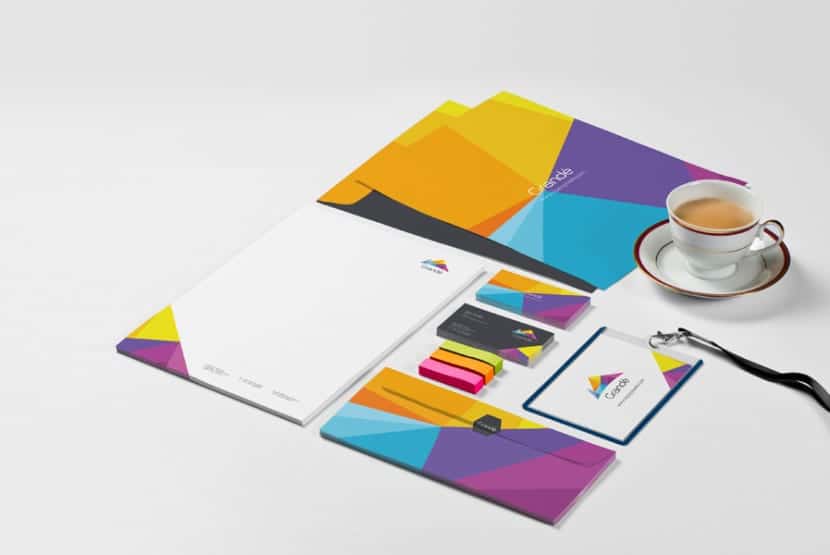
Within our section dedicated to the construction and analysis of our brand it is necessary that we include a section dedicated to establishing the necessary restrictions to protect the integrity of our corporate image. Keep in mind that although a basic part of the process is the creation and materialization of the project, another very important part is the application of the project and its implementation on specific and physical products.
We as designers and professionals may do a good job, but by handing over the project to the owner of the company, he is responsible for ruining everything including modifications and defects in the presentation. That is why this point is so important, because it guarantees a correct presentation and provides the rules of use.
Below I propose three points that can help you specify and regulate the use of your creation. They are the ones that I use most frequently in my projects but if you usually use someone else or want to propose a point, do not be shy, Leave us a comment!
- Prohibited practices: As a designer and creator of the composition in question, the last thing you want is to have it destroyed or hindered the final result and its presentation. Of all the specifications described in the corporate identity manual, the most important of all may be those that refer to prohibited uses. We are the creators and owners of the designs and that is why we must protect them and preserve their intelligibility, quality and original character. That is why we must prohibit some actions to anyone who applies our design on any medium. Our client and their entire team must be aware of how the image should be applied and they must also be aware of how it should not be done. Within this point it is very important that we create a table or a list with graphics illustrating what use is correct and what use is incorrect. Proportionality, fidelity to color, position and sharpness are essential factors for our image. The user must endeavor to comply with the indications given in the manual. You will need to ensure that your company logo does not make the most (unfortunately) common mistakes:
- The proportion of the logo should never be altered. If it is resized, it must be done at all times in a proportional way.
- Colors corporate identity never (in no case) must be altered.
- It will be forbidden to break the harmony between the different elements that make up the logo by modifying the dimensions of some of them.
- You should always use the vector format. Especially if our support requires a large print to be made, sharpness and quality may be lost in the original design (pixelation).
- Logo in positive and negative: An alternative to our logo should always be offered in terms of color, which will be very useful, especially in those cases where the background color is similar to the one that appears in the logo itself. Depending on the support and product on which we want to establish or impress our corporate image, we must use one or another design. Provide the versions of the logo that are allowed and in which cases. It is highly recommended that you use a grid and make a brief comment on each of them indicating their function.
- Margin of neutrality: When our logo is placed in any composition, attention must be paid to the margin of neutrality or margin of safety. For the logo to be perceived in a clean, light and optimal way, it must have an empty margin around it. Our logo needs to breathe and have a minimum visual action radius. Every time it is applied in any composition, it must be applied respecting a safety margin. We must establish through an illustration the minimum space that our design will need to be presented.
For now we leave it here. In the next article we will delve into a section on application on different supports and we will see some tips that can go very well to solve it effectively. Keep in mind that this last point is somehow the result of all our work and where we definitely seeWe will demonstrate the validity of our proposal to represent the company that has requested your services.
This article is very useful, I hope you continue to publish many interesting topics
excellent article .. keep publishing data like these, they are recontra useful !!!